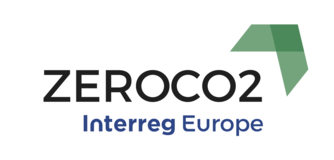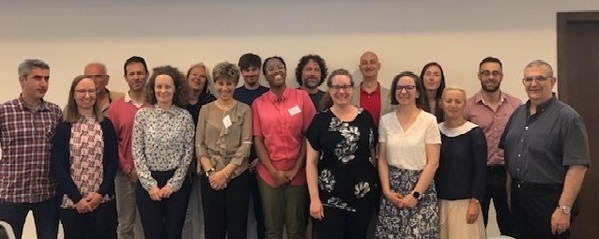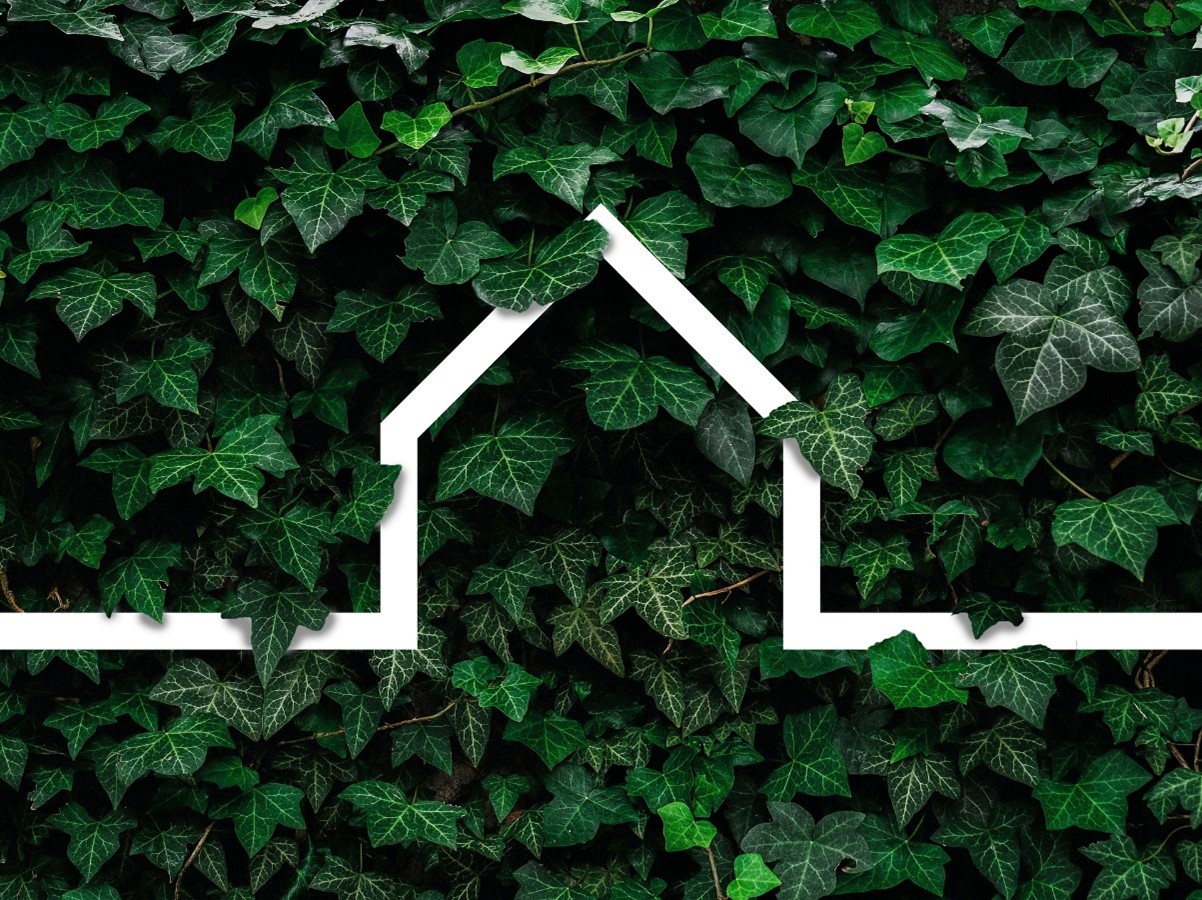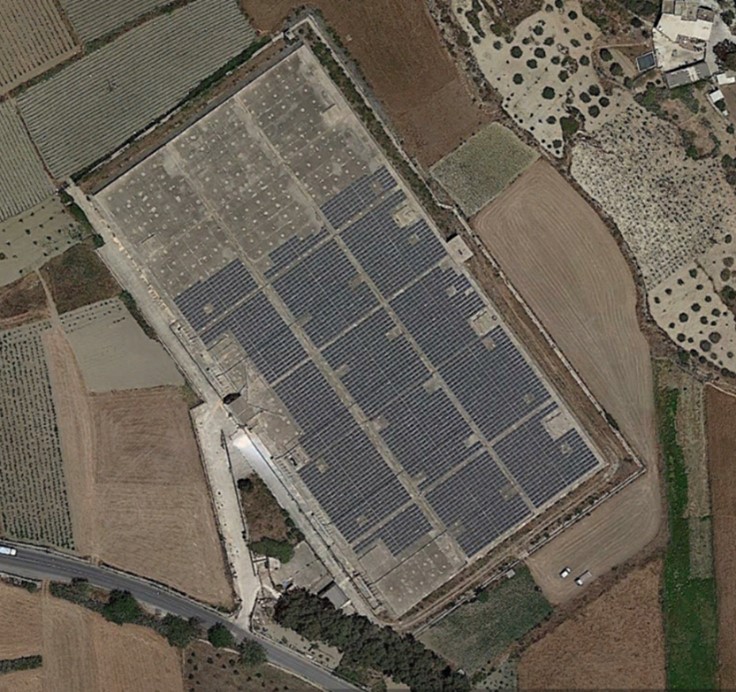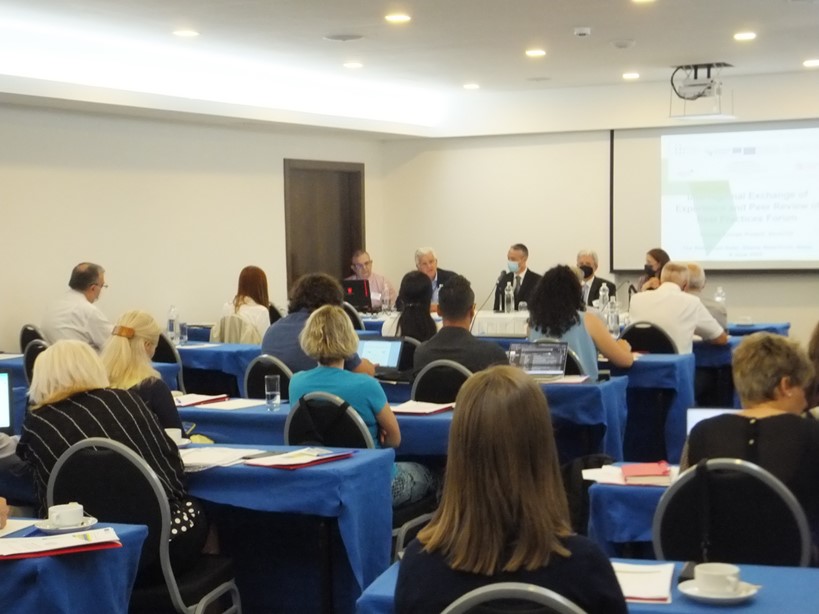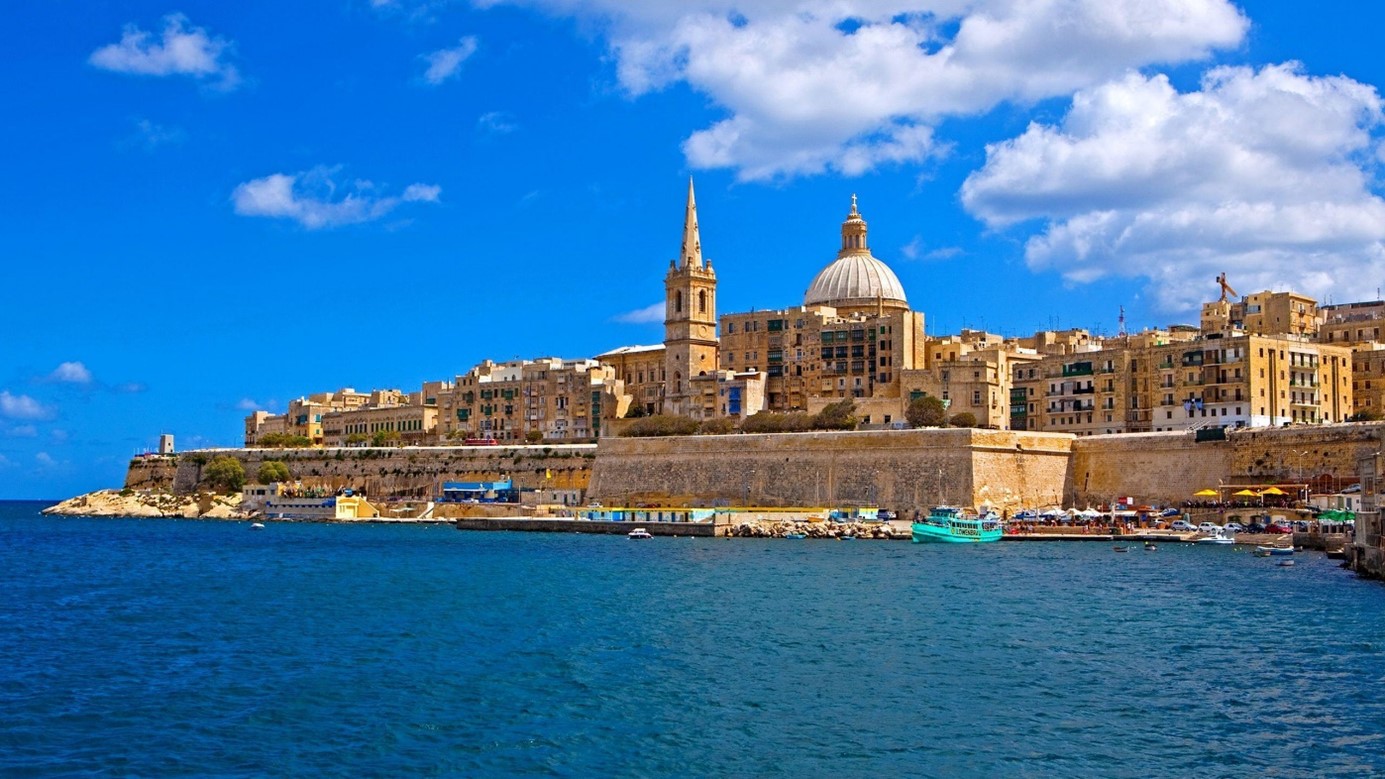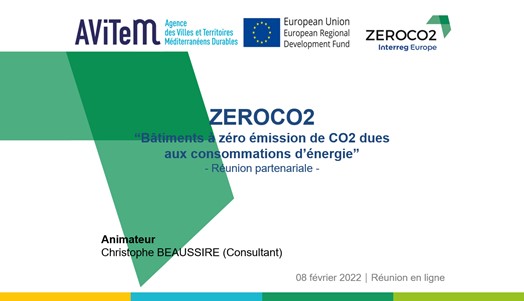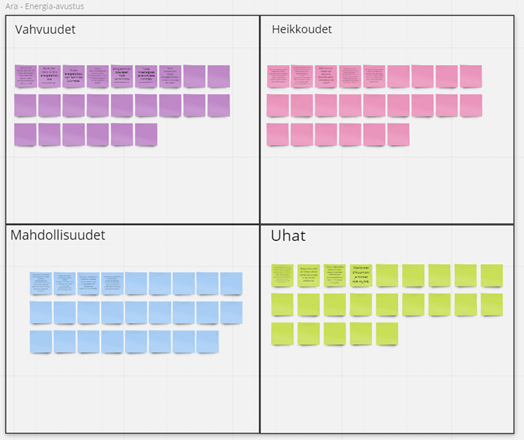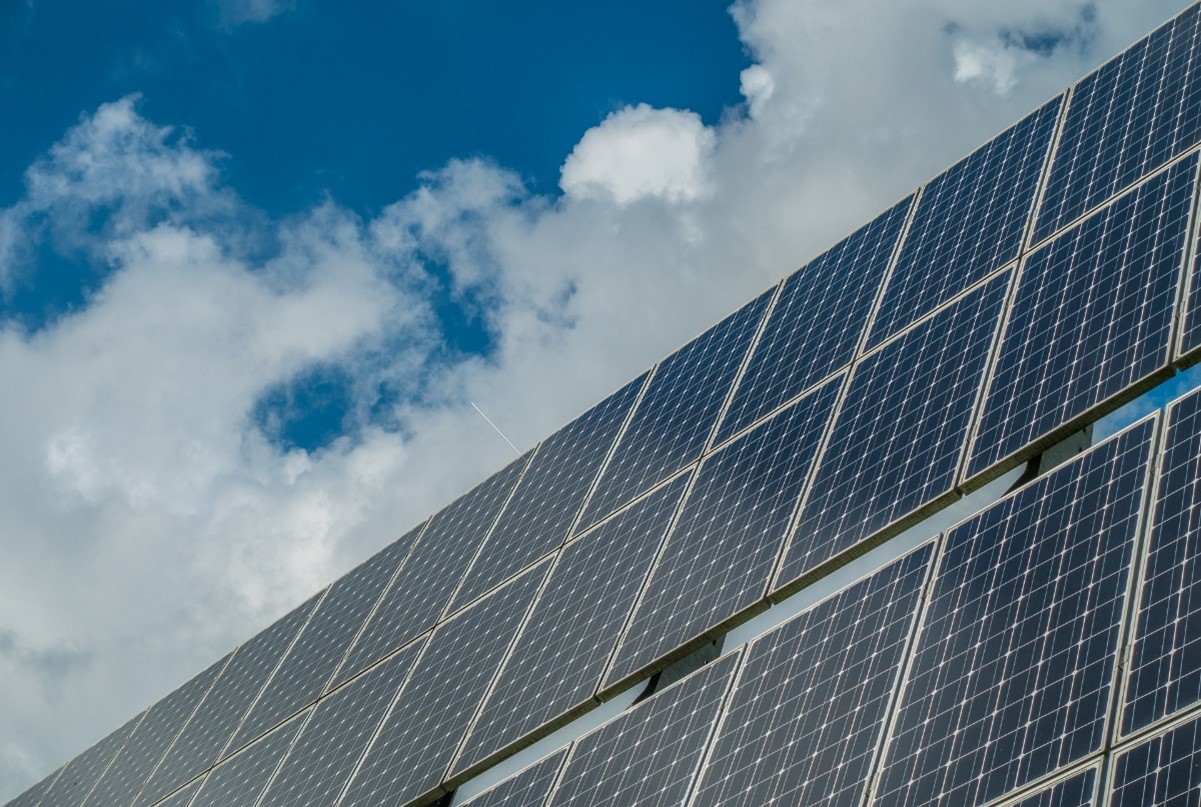Journey to Net-Zero
From 2016 to 2020, the Interreg Europe ZEROCO2 project defined Near Zero CO2 Emission Buildings due to energy use (NZCO2EB). The project presented various benefits, which resulted from various types of buildings. The original project demonstrated the combination of different technologies and energy efficiency sources – these technologies could be used to achieve the set carbon reduction targets to design tailored policies, which promoted NZCO2EB at the local, regional, national and EU level. The ZEROCO2 project also presented various financial methodologies in order to promote these types of buildings.
In 2021, the ZEROCO2 project received additional EU Interreg Europe funds to continue its applauded work in increasing awareness of and sharing best practices in the realm of decarbonisation technologies for buildings. The extension of ZEROCO2 allowed the participating partner regions take another leap forward targeting the decarbonisation agenda, net zero policies, including the EU Green Deal, by addressing policy instruments to optimise allocated recovery funds with a focus on deep renovation of public and residential buildings.
The international consortium has, indeed, continued to make waves on their journey to net zero over the past year of additional activities. From conducting valuable bassline studies – including the SWOT (strengths, weaknesses, opportunities, and threats) regional analysis jointly developed with regional stakeholders, as well as the exchange of experiences/expertise in Ptuj (i.e., what we have learned, what are the common challenges) – to the identification of twelve Good Practice (GP) examples and peer review event in Malta, the international consortium has been working towards their main aim of submitting relevant good practices onto the open-source Interreg Europe Policy Learning Platform database.
Please click here to read full ZEROCo2 Journey to Net-Zero article.
